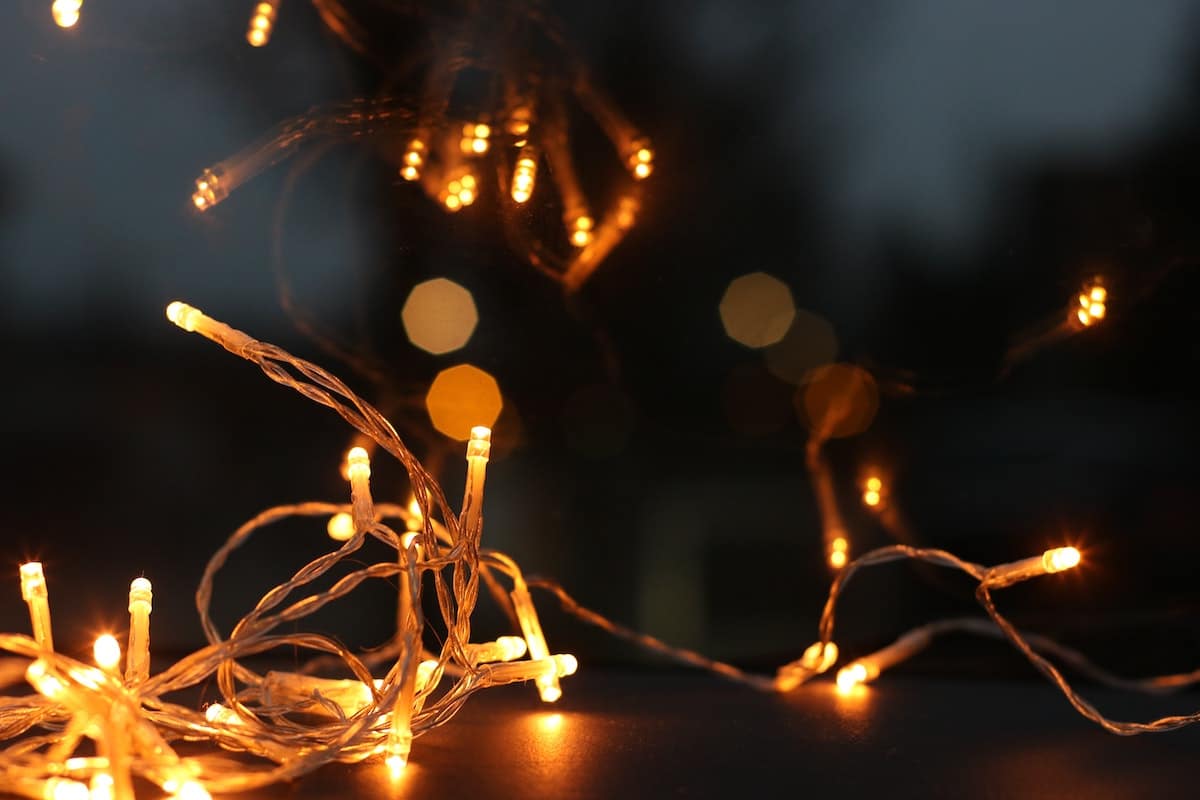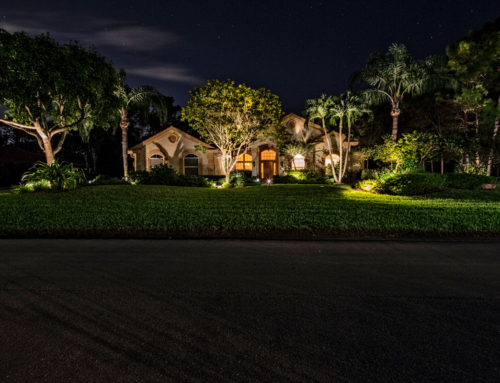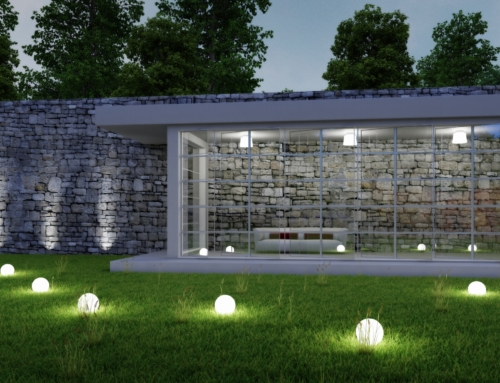Does LED Lights Attract Insects?
We have all experienced a nice night turn into frustration as bugs fly about ruining our evening. If you’re looking at expanding your current outdoor lighting you may wonder if LED lights attract insects more often or in greater numbers. Unfortunately, there’s nothing that we can do to completely eliminate bugs from crashing our parties, but there are ways to reduce them. The short answer is to install the right types of lights. LEDs have been shown to reduce the number of bugs flying around at night. However, this will not completely eliminate the problem and it doesn’t work for all bugs. So does LED lights attract insects?
Why are Insects Attracted to Light?
Not surprisingly, considering how irritating bugs can be, there have been several studies to determine what it is about light that attracts insects. And if there’s specific light that can help to decrease insect activity. These studies have shown that insects are actually able to perceive color. They have also shown that they are more attracted to shorter wavelengths. These shorter wavelengths typically include ultraviolet, blue, or green light. Insects that are attracted to light navigate based on UV light from the sun and moon so our outdoor lighting can interfere with their navigation system.
Although most bugs are attracted to short wavelengths this isn’t always the case. And some bugs aren’t attracted to wavelengths at all. Mosquitoes, for example, are attracted to heat not to light, so installing a different type of light bulb is unlikely to change how many mosquitoes you notice.
So Then, Does LED Lights Attract Insects?
LED outdoor lighting is known for emitting a cool, white light that has a lower attraction to bugs compared to traditional incandescent or warm-colored lights. While it is not entirely accurate to claim that LED lights do not attract bugs at all, they are considered to be less attractive to insects. This still leaves the question, does LED lights attract insects?
The attraction of bugs to outdoor lighting is primarily influenced by the light spectrum and intensity. Insects are more sensitive to ultraviolet (UV) and blue light, which is commonly emitted by traditional incandescent lights. These lights tend to attract bugs, as they are naturally drawn to these wavelengths.
LED lights, on the other hand, produce a more limited spectrum of light, with a reduced output of UV and blue light. Instead, they emit a higher proportion of green, yellow, and red wavelengths, which are less attractive to most insects. As a result, LED outdoor lighting is less likely to attract bugs in comparison to other light sources.
However, it is essential to note that while LED lights attract insects less than other lights, they can still attract some insects, especially if the lights are very bright or installed close to areas with high insect activity. Additionally, certain insects, such as moths and beetles, may still be drawn to LED lights, as they have their unique sensitivities to light wavelengths.
Because LED lights produce very little UV light, they are less visible and less attractive to bugs. However, depending on the color of an LED light they still can produce low wavelengths. Choosing an LED bulb that has a warm color is the best option to reduce bug activity.
Since bugs are attracted to different wavelengths and some aren’t attracted to light at all, switching out your light bulbs won’t get rid of all of them. However, using LED lights are the best option when considering insects in your landscape design.
When you are ready to add professional designed outdoor lighting to your home in the Naples Florida area give us a call. We are the most experienced and most trusted in the area. Not to mention your home will be the rockstar of your neighborhood.






